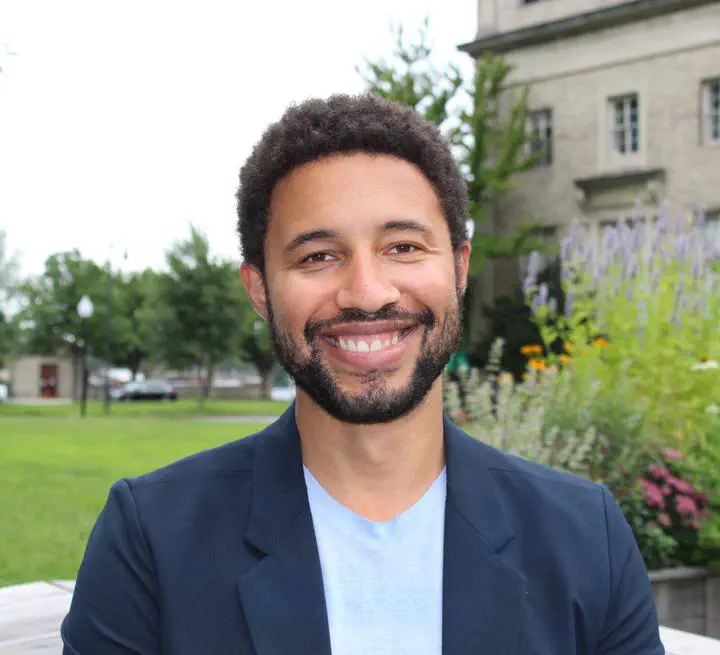Ben McDonald's Synthesis and Analysis Report

Dr. Benjamin McDonald, an Assistant Professor of Chemistry, has been working with a research group focused on the development of polymeric materials with programmable reactivity to address challenges around human health and sustainability. Recently, they found that spontaneous organization principles produce densest bottlebrush polymers to date, and the associated tour de force synthesis and analysis report appears in American Chemical Society. [see attached paper]
Precis below:
It’s our first disclosure on building tissue-like materials from the bottom-up, focusing on the synthesis of rod-like polymers that recreate the shape and solution physics of tropocollagen. The most abundant protein in the body, tropocollagen has a rod-like shape (~300 x 1.5 nm) and behaves as a colloidal liquid crystal (the first theory for which was developed by Nobel Prize winner and transient Brown Chemistry faculty Lars Onsager, who has an interesting story). This entropy driven, spontaneous organization underlies the fibrillar organization of our extracellular matrices and connective tissues and it’s a grand challenge to make such materials from scratch! Our hypotheses were quite simple, to facilely make soft nano-rods, they should be hairy nanoparticles, effectively polymers grown from one polymer backbone (so called bottlebrush polymers that are effectively soft round hair brushes), and they need to be denser! So we made the densest of such structures reported to date, unambiguously verified their structure (by precisely shredding and analyzing polymers >40 million Daltons in mass), characterized their assembly behavior and uncovered interesting trends in their ordering behavior. Specifically that while density is indeed key for ordering, it’s likely due to the ability of the bristles to entangle rather than simply the overall rigidity of the object, i.e. the favored ordering is likely kinetically arrested)! In short, we showed that intriguing, new behavior can be discovered in a popular class of polymer if you push the limits.
This was a tour-de-force in synthesis and analysis taking around 3 years; it will be a platform to access even more interesting materials like elastic colloidal liquid crystals, which should make super materials. Much more to come on this and the assembly of anisotropic materials!
Congratulations Ben and squad!